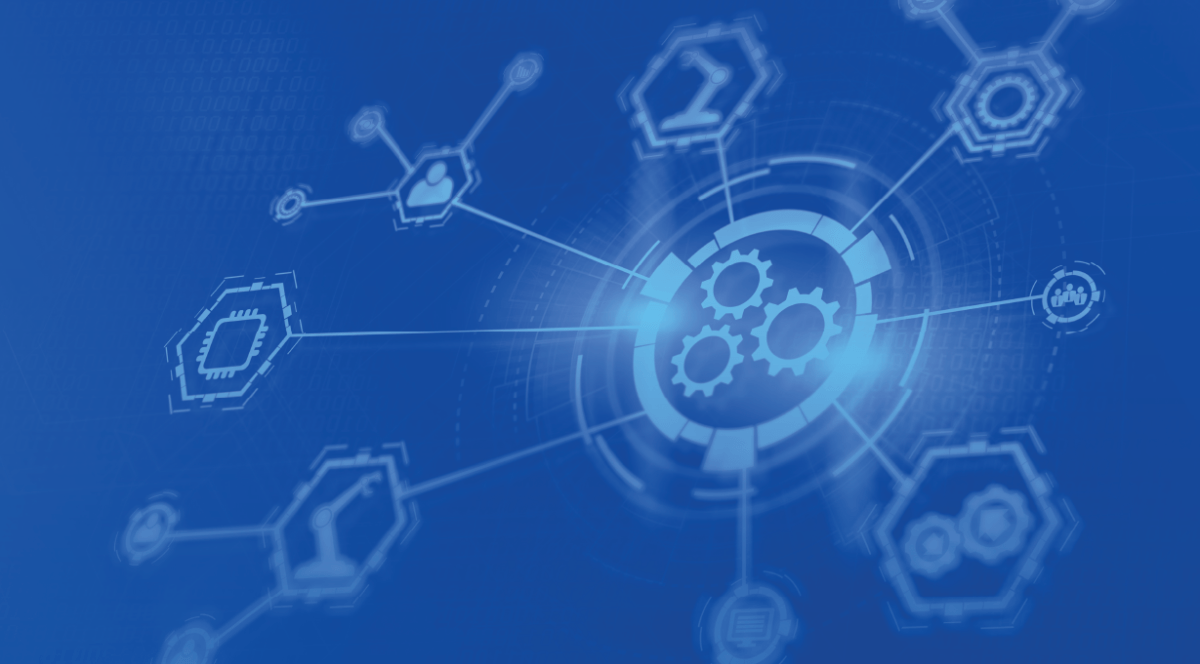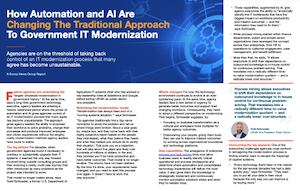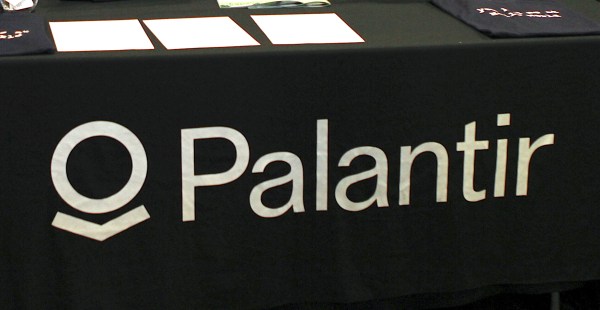- Sponsored
- Insights
How automation and AI are streamlining traditional government IT modernization

Federal agencies are undertaking the “largest wholesale modernization in government history.” At the same time, says a former government IT leader in a new report, agency leaders are coming to terms with the reality that the traditional model for IT modernization, involving years of planning and execution, is no longer sustainable.
Fortunately, advances in process automation and AI are giving government agencies new capabilities to identify system bottlenecks and streamline business and operations processes in ways that can improve business and mission outcomes in a fraction of the time and cost of traditional IT modernization projects.

Today’s business process mining and automation tools allow “executives to shift their dependence on outsourced knowledge to in-house control for continuous problem-solving,” according to Todd Schroeder, formerly a U.S. Department of Agriculture IT systems chief who is now vice president for public sector at UiPath. “That translates into a radically different time-to-value modernization quotient — and a radically lower cost structure,” he says in the report produced by Scoop News Group and underwritten by UiPath.
The report “How Automation and AI are Changing the Traditional Approach to Government IT Modernization” highlights how robotic process automation has evolved from a tool to streamline redundant tasks such as financial accounting work to what has increasingly become an enterprise-wide effort to improve mission outcomes.
One example cited in the report is the work underway at the USDA’s Intelligent Automation Center of Excellence office. The office is automating routine processes across the department and fostering a rising generation of “citizen developers” to automate work processes in individuals’ respective jobs.
The report also highlights how automation work that began in the Navy’s Financial Management and Comptroller’s Office is now expanding to improve operations in other Naval support offices and between different departments in government.
Schroeder says agency leaders are on the verge of realizing even greater capabilities with UiPath’s push into AI. UiPath’s AI Trust Layer platform, he says, provides customers with a new level of “auditability, traceability, observability, and replicability” when applying AI to business processes.
“This is the moment,” says Schroeder, “when agency leaders not only have the means to rethink how they modernize but reimagine how federal workers can accomplish their work in new and more effective ways. And that’s critical if the government is to catch up and meet the needs of society’s requirements.”
Download and read the full report.
This article was produced by Scoop News Group for FedScoop and sponsored by UiPath.






